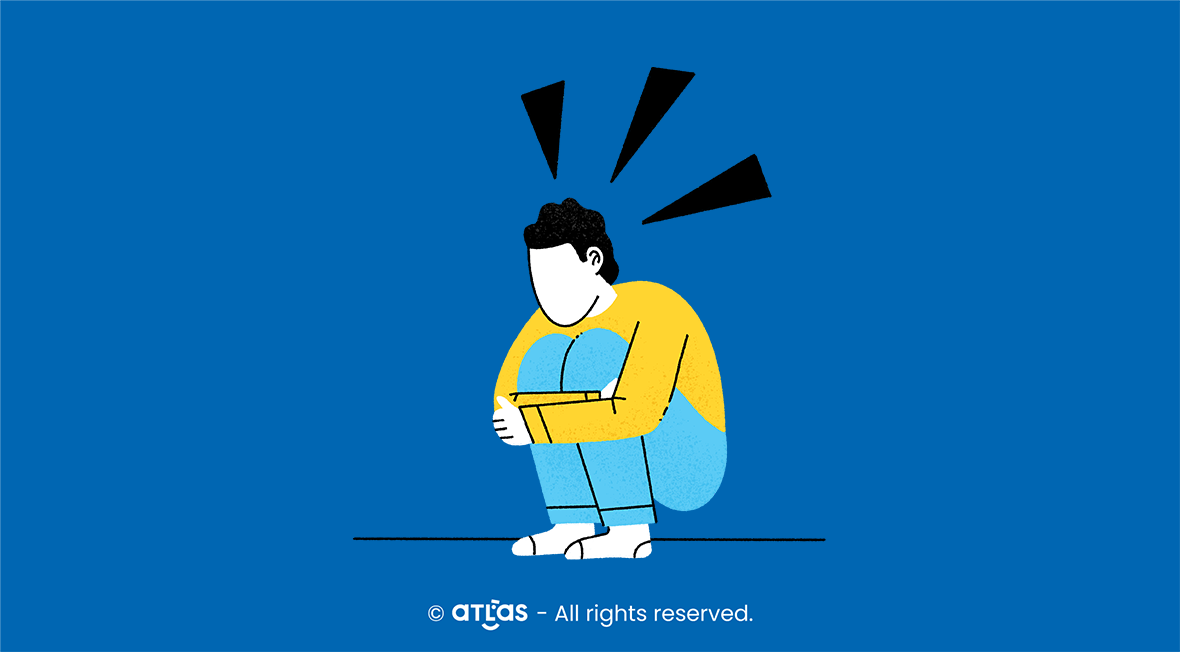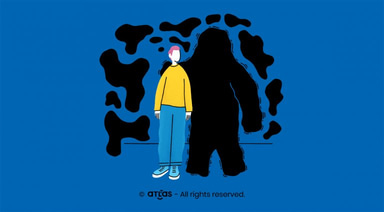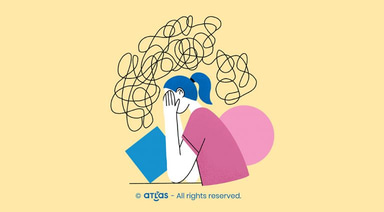A panic attack is a manifestation of a sudden increase in anxiety and fear. Your heartbeats, and you can’t breathe. You may even feel like you’re dying or as if you’re going crazy. Untreated, panic attacks can lead to panic disorders, but also to other problems. They can even cause you to withdraw from your normal activities.
However, panic attacks can be cured and the sooner you ask for help, the better. With treatment, you can reduce or eliminate panic symptoms and regain control of your life.
How do we understand the panic attack
In so many cases, panic attacks can occur out of the blue, without warning, apparently with no reasons for panic. They can even happen when you are relaxed or when you sleep.
A panic attack can be an accident, but many people experience multiple episodes. The trigger for recurrent panic attacks can often be a specific situation, such as crossing a bridge or speaking in public-especially if this circumstance is the cause for a previous panic attack. Usually, the feeling of induced panic is the one where you feel at risk and unable to be saved.
You can experience one or more panic attacks, even if you are happy and healthy. The cause of your panic episode can be other disorders, such as panic disorder, social phobia or depression. Whatever the reason, panic attacks are treatable. There are several treatments and strategies that you can use to cope with your symptoms.
Signs and symptoms
Panic attacks often occur when you’re not at home, but it can happen to you anywhere and anytime. You can have a panic attack, for example, when you’re in a store, walking down the street, driving or sitting on the couch at home.
Signs and symptoms of panic attack escalate sharply and usually reach maximum punctuation in 10 minutes. Most panic attacks end in 20-30 minutes and rarely last more than an hour.
A panic attack is a combination of the following signs and symptoms:
- shortness of breath or hyperventilation
- palpitations and increased heartbeat
- feeling of pressure in the chest or discomfort
- trembling or agitation
- choking sensation
- sense of surreal or breaking out of reality
- sweating
- nausea or stomach problems
- feeling dizzy, confused, fainting
- numbness or tingling
- burning or cold sensations
- fear of death, loss of control or the impression that you are going crazy
In the case of panic attacks, medication and therapy are very good, but equally important are the will and help on your part.



